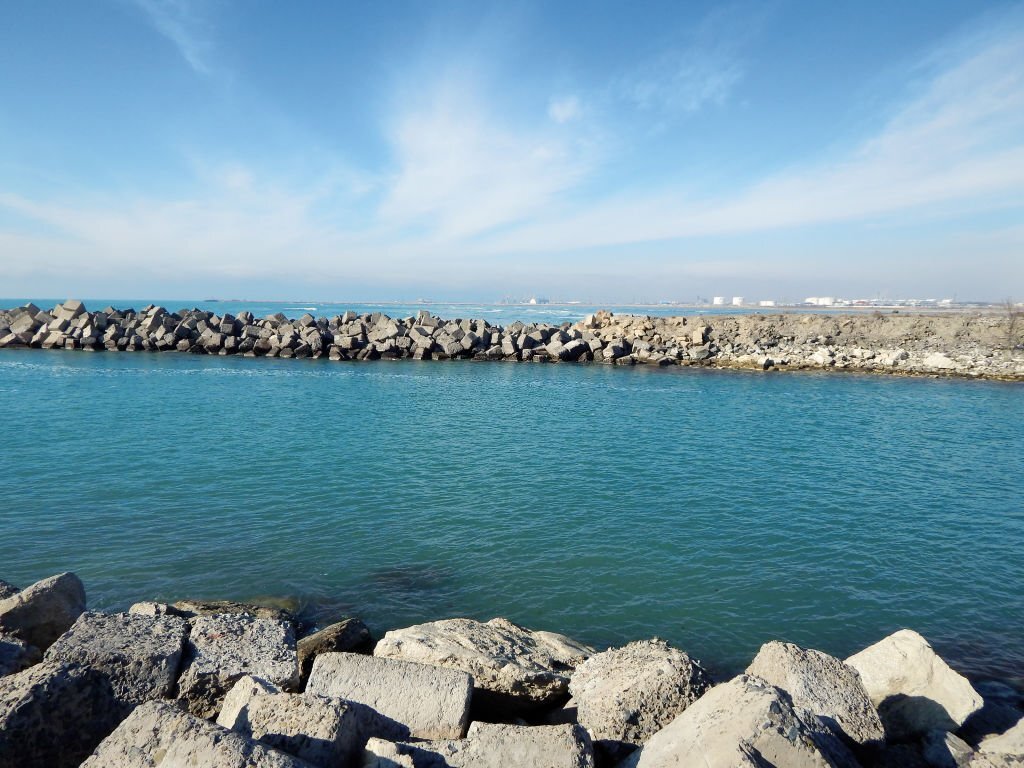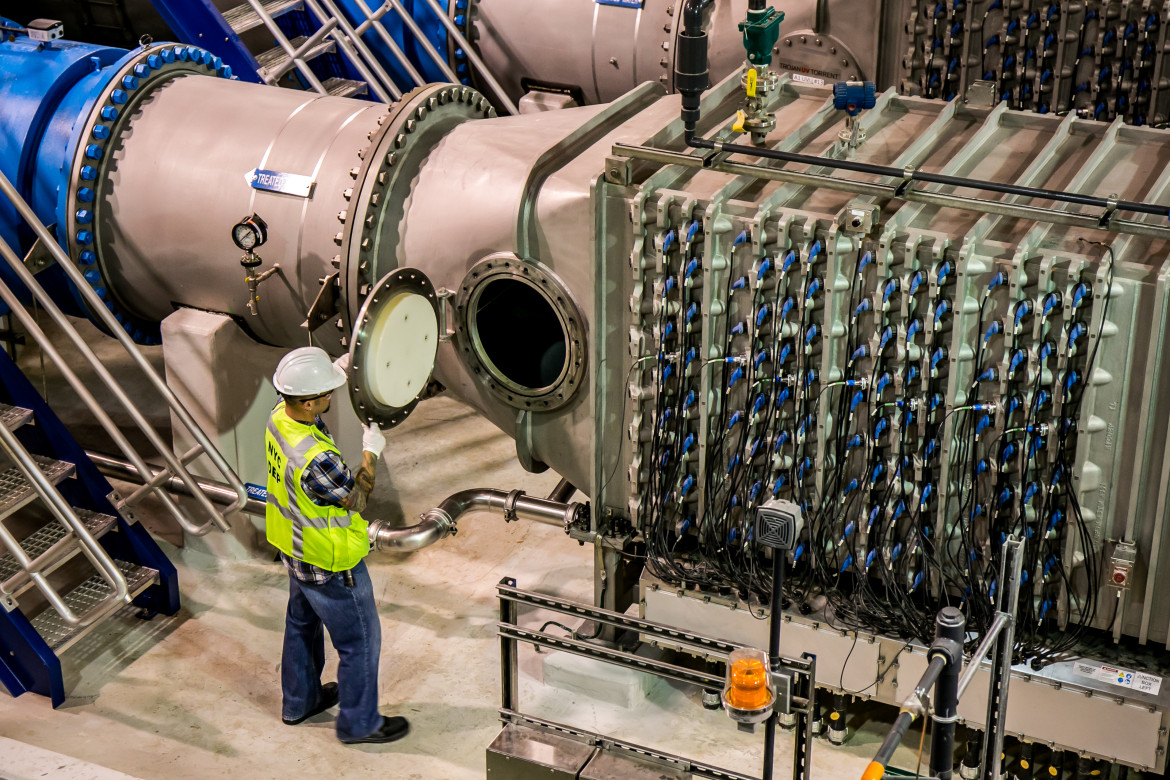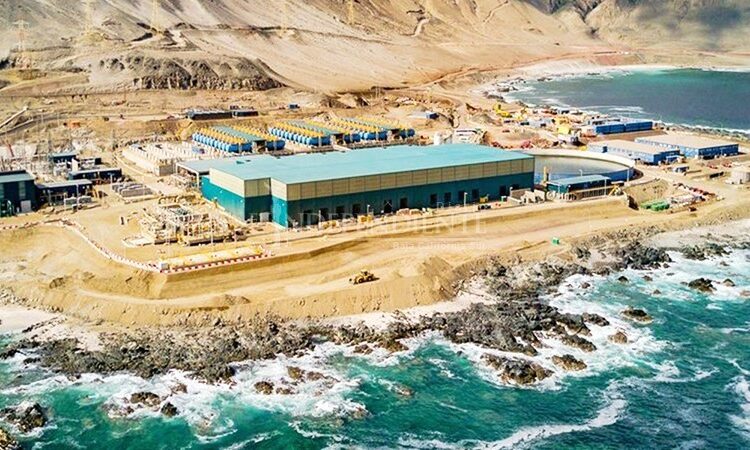In a world where access to drinking water is a vital and scarce resource, desalination is emerging as a solution to meet the growing demand. challenges facing water desalination.
With nearly 2 billion people without access to safe drinking water, it is critical to address the challenges facing this process. In this article, we will explore the four main challenges that desalination must overcome in the search for a sustainable solution.

A hope for the future
In countries with dry climates, desalination has become a key part of supplying the demand for drinking water. An example of this is Saudi Arabia (with 34 million inhabitants), a country that leads in desalination production, where approximately 50% of its drinking water comes from this technology, relying heavily on fresh water to supply its population.
In other countries, such as the United Arab Emirates, around 7.63 billion dirhams have been invested in the development of desalination plants in Abu Dhabi, Dubai and Umm Al Qaiwain.

The government of the United Arab Emirates is committed to desalination in its country.
The major challenges of desalination
Despite the benefits of desalination in providing a sufficient supply of potable water, there are several complications that can affect the production and profitability of the purification process:
a) Scale and Capacity: One of the main challenges facing desalination plants is the need to operate on a large scale to meet the growing demand for potable water. This implies considerable investments in infrastructure and technology to ensure adequate supply.
b) Regulation and Policies: Government regulation and policies can vary widely from place to place and have a significant impact on the feasibility and operation of desalination plants. Many desalination plant projects have been delayed due to laws imposed in the countries.
c) Operating and Energy Costs: Desalination is an energy intensive process, which makes it costly to operate. Reducing energy costs is a critical challenge for desalination to be economically viable in the long term.
d) Resource Availability: Although desalination can help address water scarcity in coastal areas, the process is not practical or cost-effective in landlocked regions.
Zeomedia: Innovation in Desalination
In the constant search for solutions to ensure a sustainable supply of fresh water, innovation plays a crucial role. This is where zeolite, a revolutionary filter medium, comes into the picture. This natural mineral stands out for its ability to change the rules of the game and align itself with nature’s principles to provide effective water purification. challenges facing water desalination.
Zeolite acts as a highly efficient filter that removes impurities and unwanted particles from seawater, thus contributing to the improvement of desalinated water quality. Its porous structure and its ability to exchange ions make it an ideal candidate for water purification in the desalination process.
References:
El Correo Del Golfo. (11 de mayo de 2022). Emiratos Árabes Unidos invierte 7.630 millones de dirhams en plantas desalinizadoras. https://www.elcorreo.ae/articulo/economia/emiratos-arabes-invierte-7630-millones-dirhams-plantas-desalinizadoras/20220511081045146157.html
Organización de las Naciones Unidas. (11 de mayo de 2022). Más de 2000 millones de personas no tienen acceso a agua potable ni saneamiento básico. https://www.un.org/es/desa/new-un-water-development-report#:~:text=M%C3%A1s%20de%202000%20millones%20de%20personas%20en%20el%20mundo%20carecen,Desarrollo%20de%20los%20Recursos%20H%C3%ADdricos.




